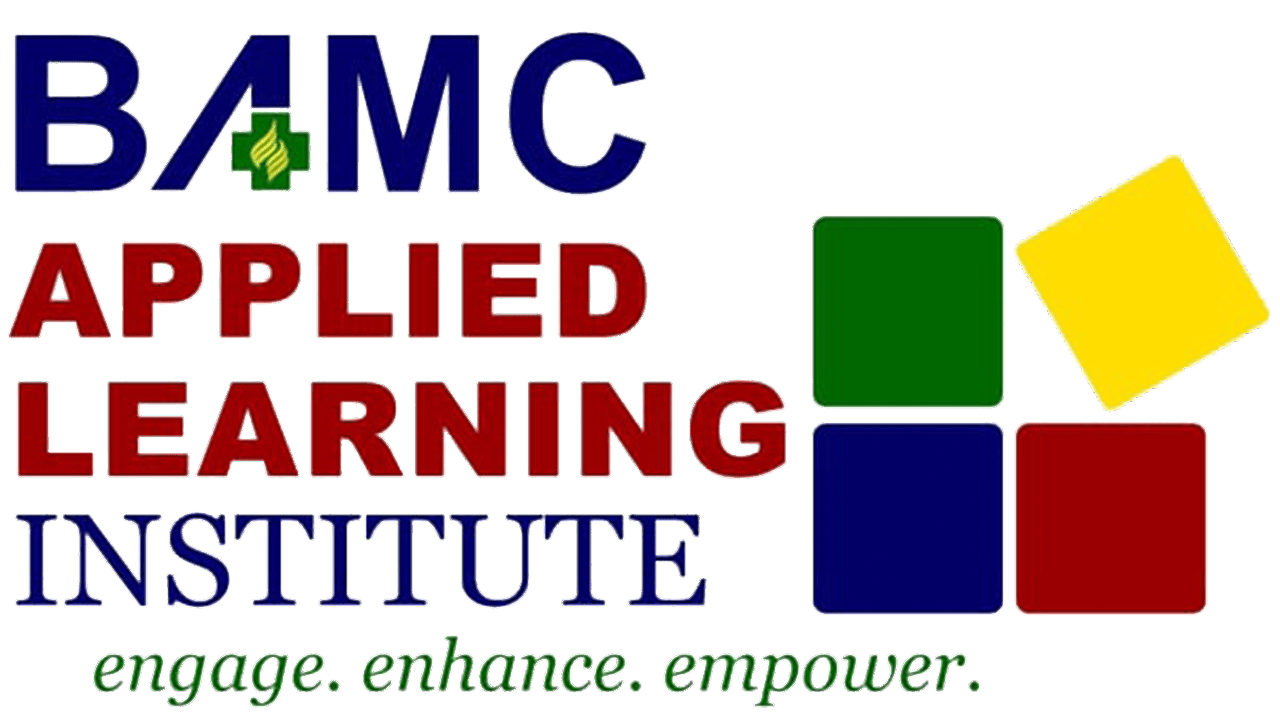Step 5 — Documentation, monitoring and review
Documentation
The risk assessment has to be documented. The documentation should include the results of the risk analysis, the improvements implemented and the results of the evaluation of the improvements.
- What risks were identified for the workers?
- How high is the risk of being exposed to those risks?
- Is the risk negligible, acceptable for a short time or not acceptable?
- Which measures have been taken and which ones planned for the future?
- Who is responsible for the implementation of the measures?
- By when should the measures have been taken and how will their effectiveness be evaluated?
Monitoring
The preventive measures taken have to be monitored and evaluated. Additional modifications might be necessary if the measures do not produce the expected results. Additionally, changes in the work organization or work environment may also change the level of risk. The risk assessment will have to be updated in such cases.
The implemented measures must also be monitored and reviewed to ensure that they are effective and do not create additional risks, Example: on the one hand, the use of disinfectants protects the workers from biological risks such as bacteria, but on the other it increases the risk of skin problems. Additional measures will be necessary, e.g. appropriate skin protection.
Managers, such as group leaders and the head of departments, are responsible for monitoring and reviewing risk assessments in consultation with workers and their representatives. They are also responsible for the documentation of the review process.
Review
The assessment should be reviewed at regular intervals. A set date to review the measures taken and a reevaluation of the risks at work should be included into the documentation of the risk assessment. The risk assessment has to be revised whenever significant changes occur, such as:
- changes in the work organization or work sequences;
- use of new technology;
- using a new chemical product such as cleaning agents or disinfectants;3
- an increase in the number of sick days;
- an increase in the number of accidents;
- new or modified laws or regulations.
IMPORTANT TO NOTE:
The review process should determine whether:
- the chosen preventive measures have been implemented as planned;
- the chosen preventive measures are being used and being used correctly, e.g. lifting aids;
- the preventive measures are being accepted by workers and included in their daily work;
- the assessed risks have been eliminated or reduced by the measures;
- the preventive measures have resulted in any new problems;
- any new problems have occurred.
